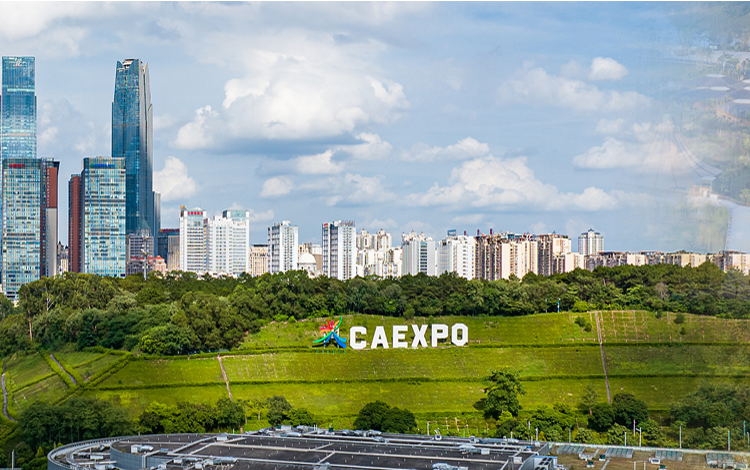Smart Beibu Gulf terminal in Guangxi drives global trade
At the Qinzhou Automated Container Terminal in Guangxi's Beibu Gulf Port, autonomous guided vehicles operate smoothly, transporting containers like "steel blocks" to designated areas, depicting a dynamic scene of operational efficiency.

A bird's-eye view of Qinzhou automated container terminal at Guangxi Beibu Gulf Port. [Photo/WeChat account: gh_df8bc987e060]
A control room a kilometer away features operators manipulating joysticks to operate rail-mounted gantry cranes in the world's first U-shaped yard, efficiently managing 10 metric ton containers for quick loading and unloading. This smooth remote control removes the need for outdoor tasks, representing a significant advance in terminal operations.

Tens of thousands of containers stand neatly like building blocks at the terminal. [Photo/WeChat account: gh_df8bc987e060]
As the central hub of the New International Western Land-Sea Trade Corridor and China's primary gateway to ASEAN, the port handles over 1,200 cargo types through rail-sea intermodal trains, linking western China's interior with ASEAN markets. With AI, big data, and automation solutions, it has reduced container transfer time from 3 hours to 1.5 hours.
Its integrated operations - spanning information, customs, and scheduling - enable "train-to-ship" transfers. For goods from Sichuan, Chongqing, and other regions, this intelligent hub speeds up global trade, strengthening Guangxi's position in regional and international markets.














